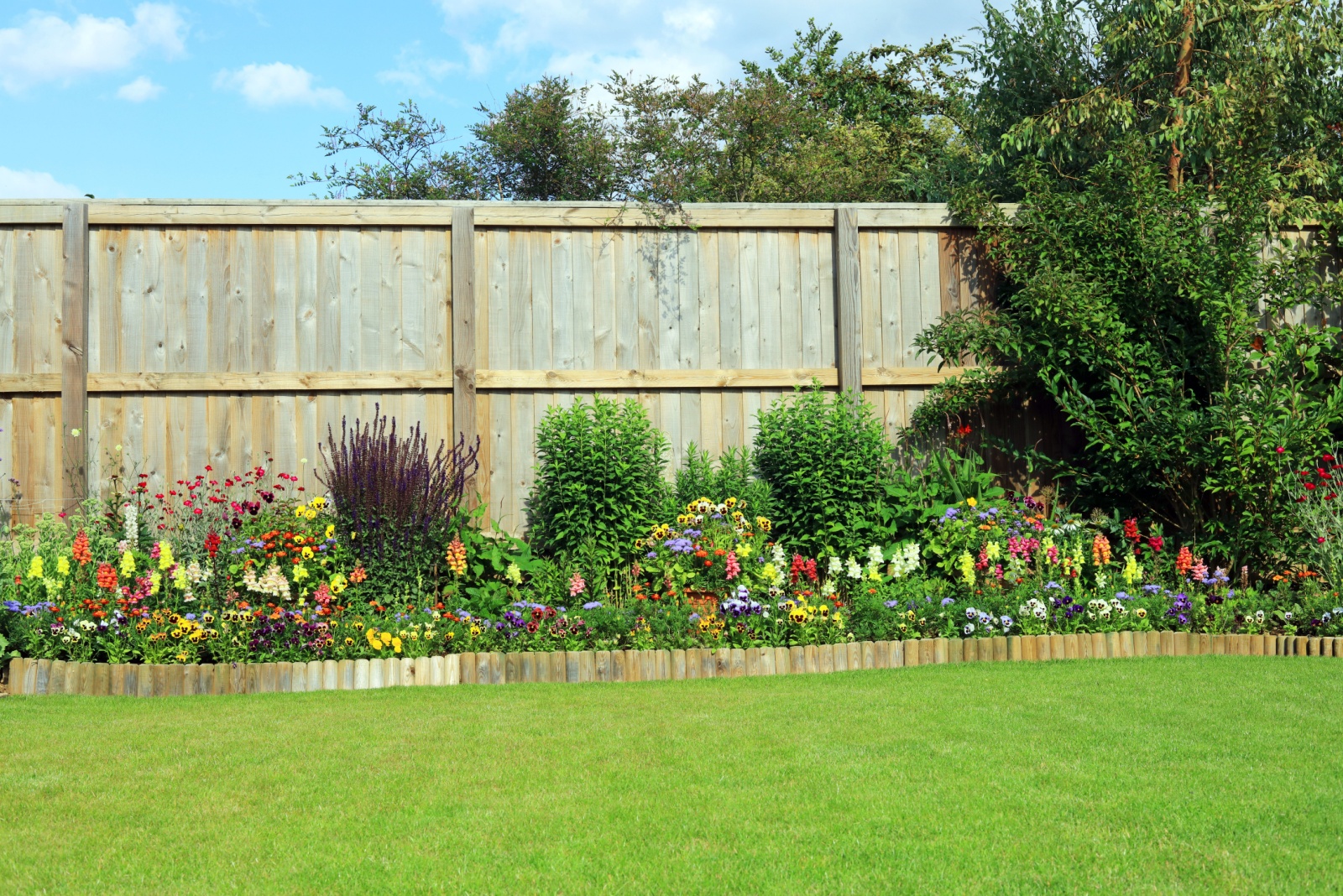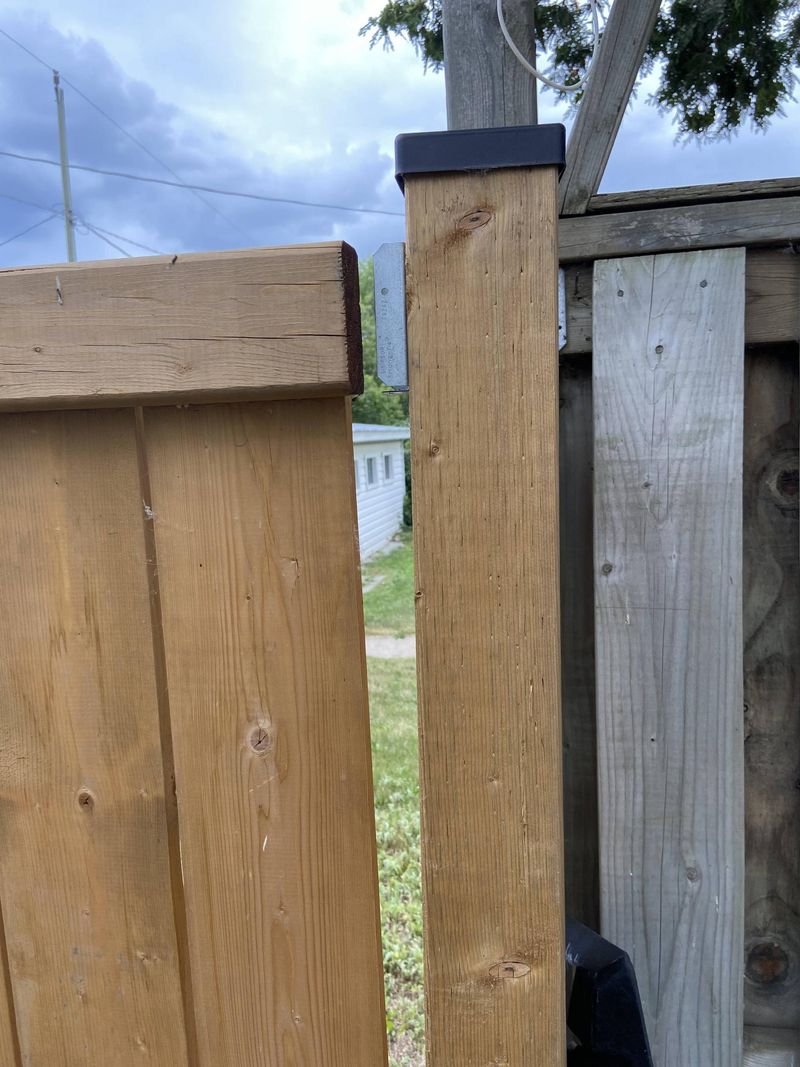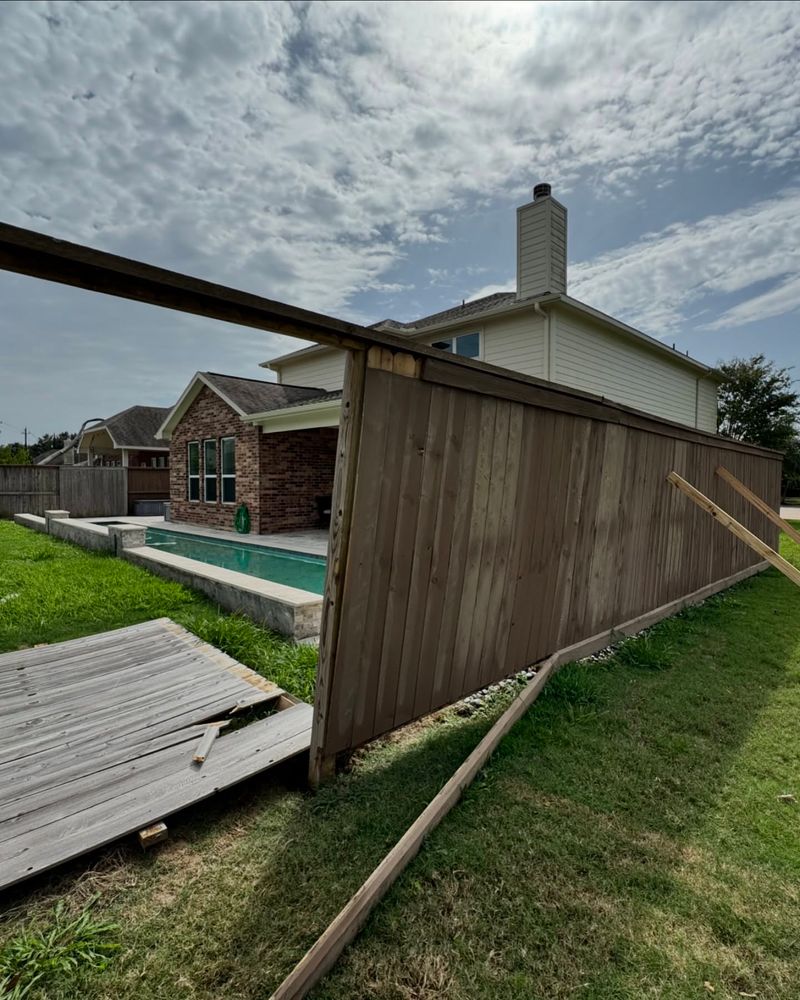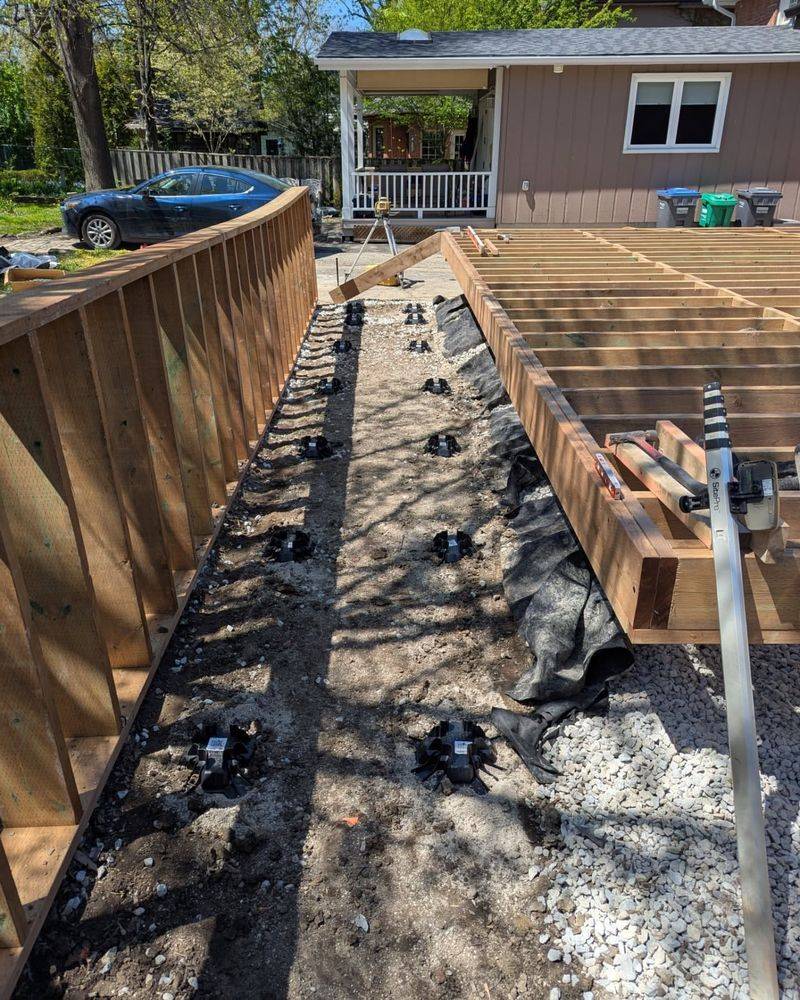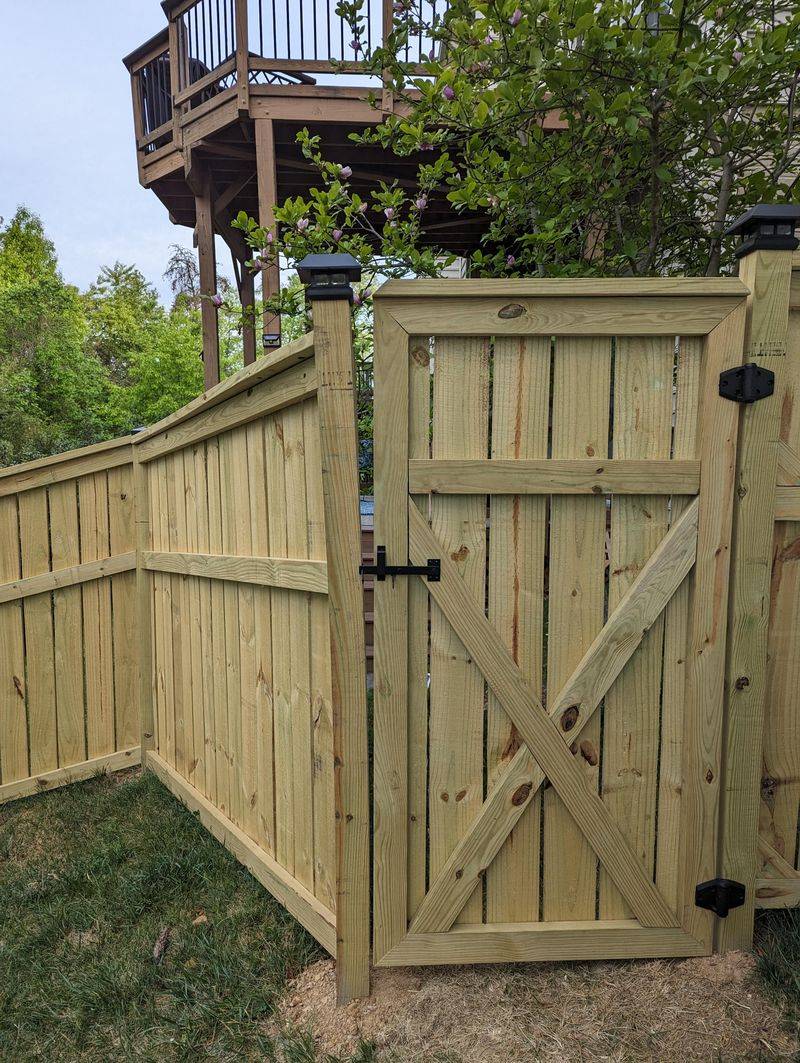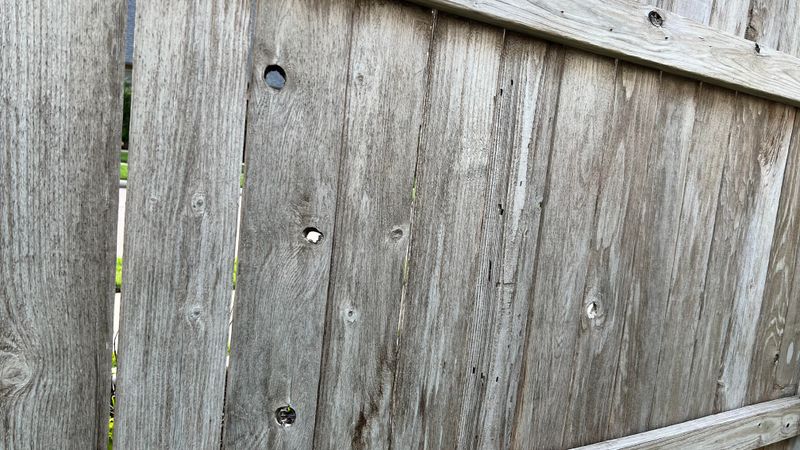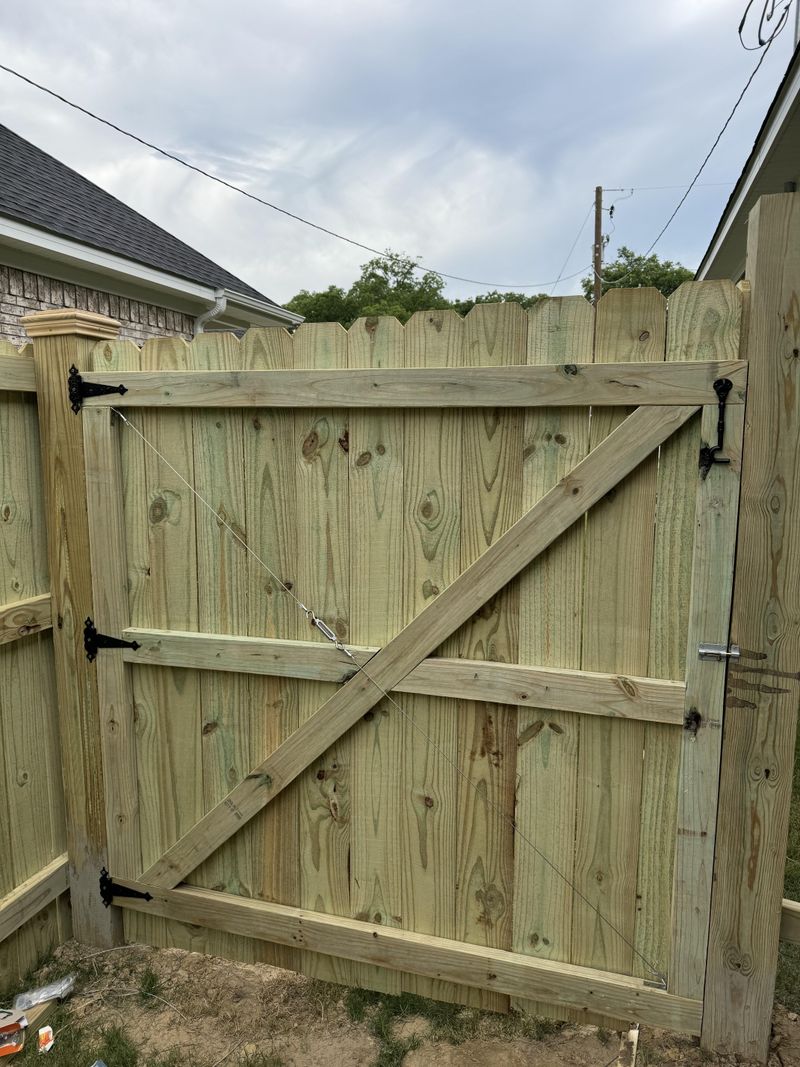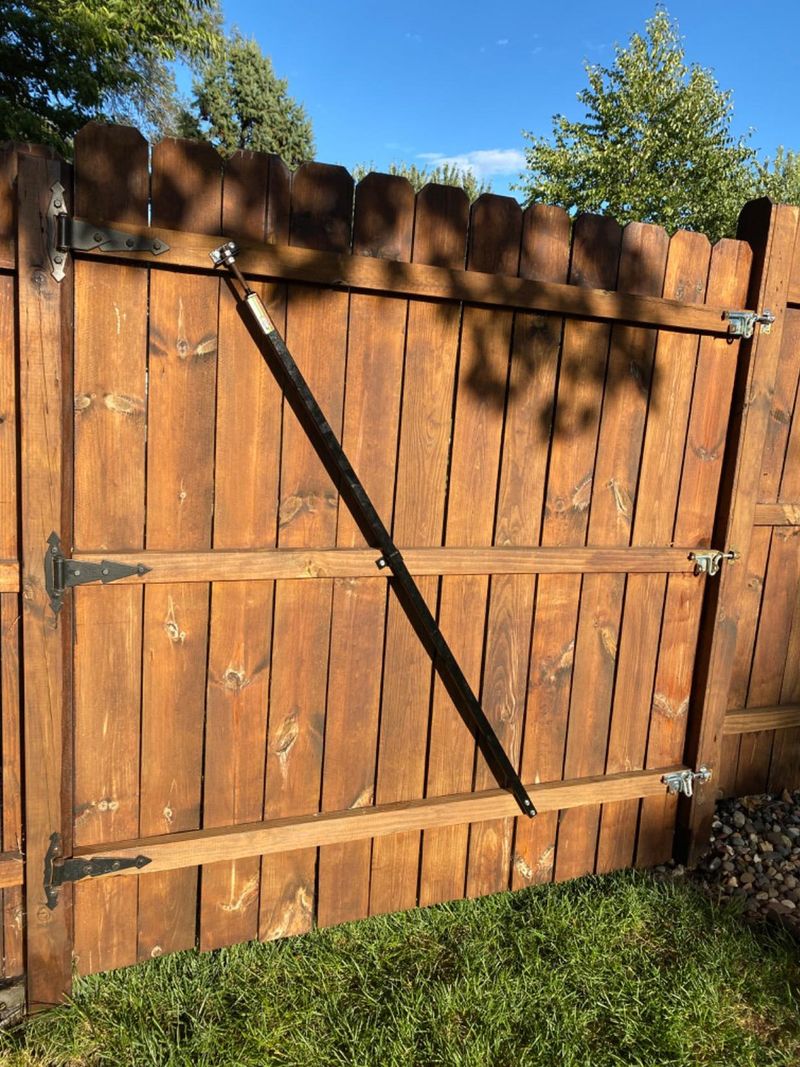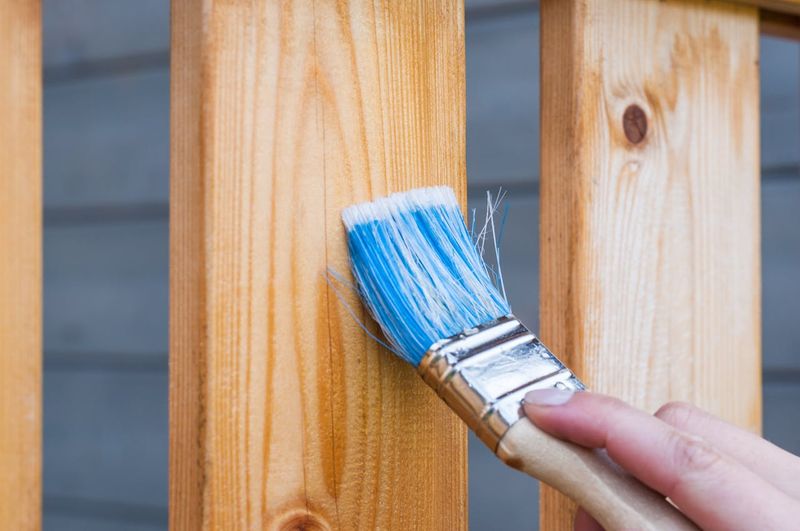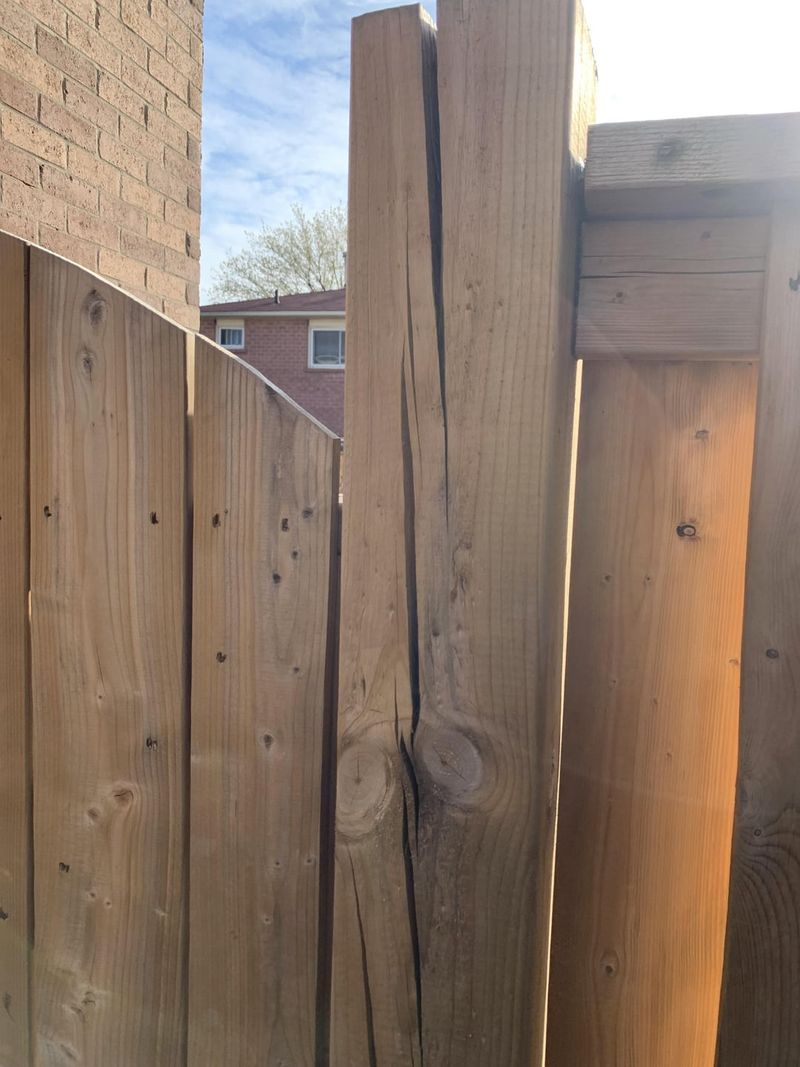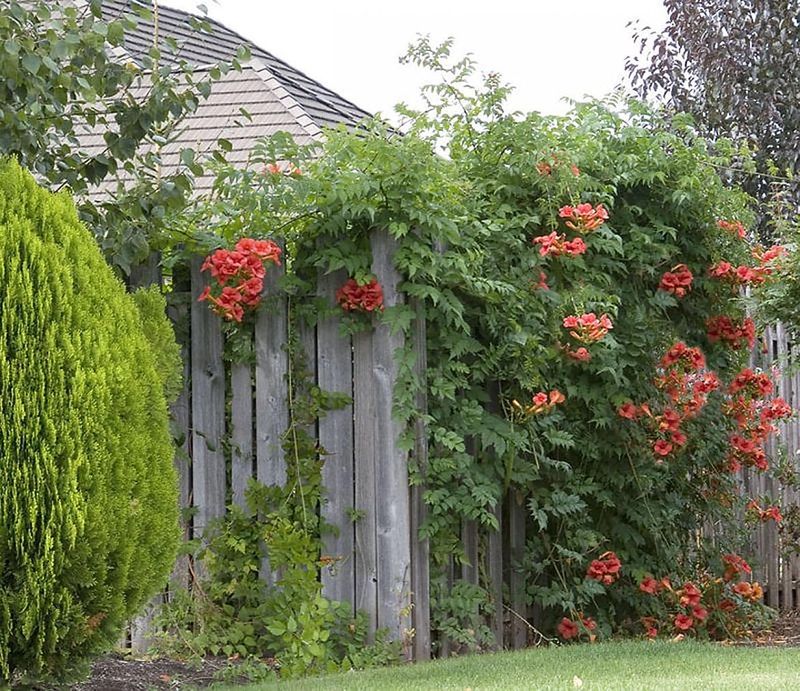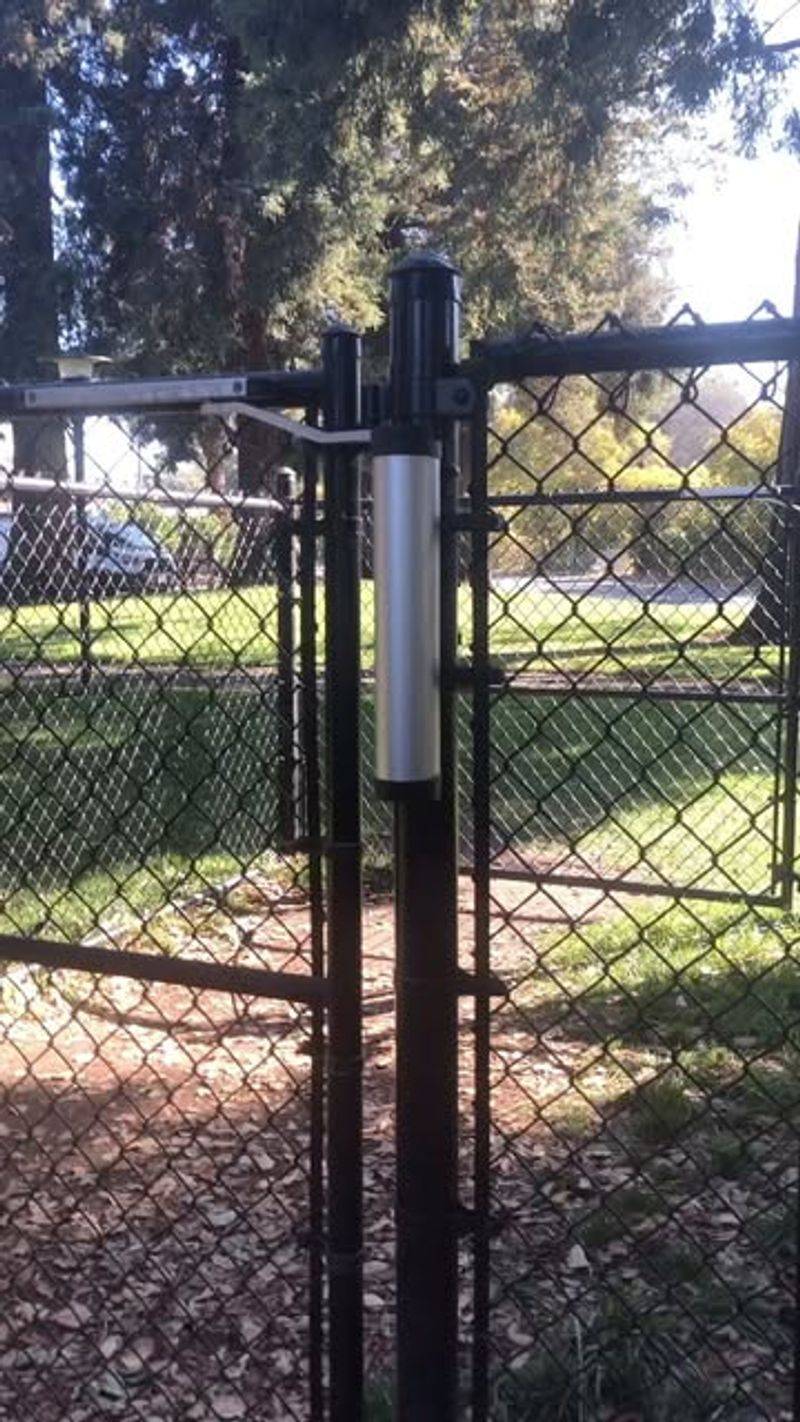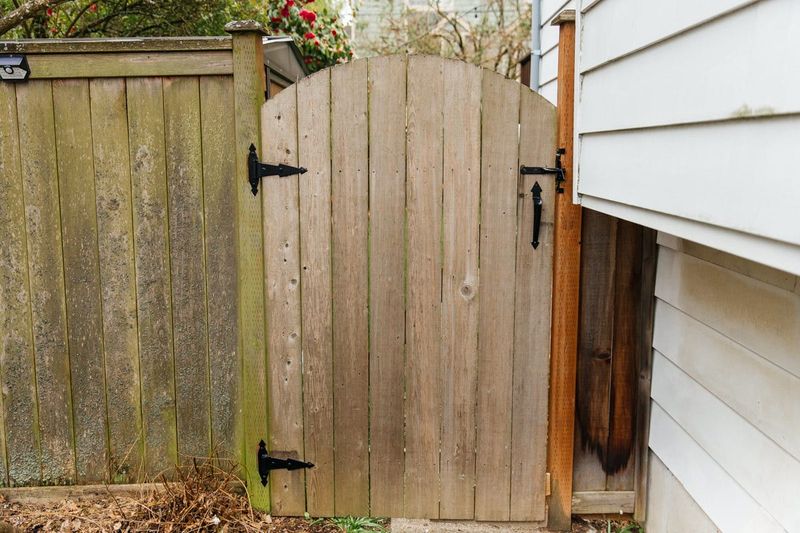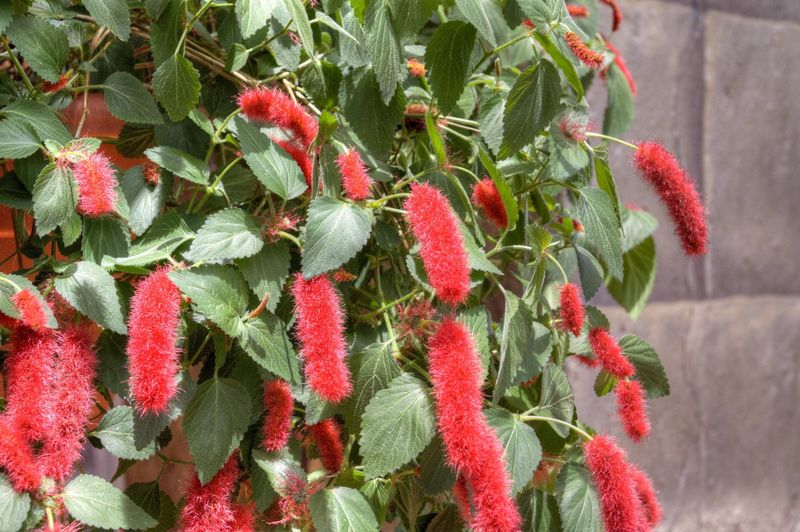Alabama homeowners know that our unique climate—hot summers, sudden storms, and high humidity—can really take a toll on fences. A well-maintained fence not only adds value to your property but also protects your garden spaces from critters and provides privacy for outdoor living.
Many folks put off fence repairs thinking they’re big weekend projects. Truth is, plenty of common fence problems can be fixed in less than an hour with basic tools and materials you might already have around the house.
I’ve learned through trial and error that addressing small fence issues before they become major headaches saves both time and money. Here are fifteen quick fixes perfect for Alabama’s unique conditions that you can tackle during a coffee break or while waiting for those afternoon thunderstorms to pass.
1. Tighten Loose Hardware Before Humidity Expands It
Metal screws and bolts often work themselves loose during Alabama’s seasonal shifts. Grab a screwdriver or wrench and make a quick patrol of your fence line, tightening anything that wiggles.
The humidity here causes wood to expand and contract, gradually pushing fasteners out. Ten minutes with the right tools prevents boards from falling off entirely.
For stubborn screws that keep backing out, try adding a drop of wood glue in the hole before reinserting. This creates a stronger bond that stands up to our summer heat waves.
2. Straighten Leaning Posts With Temporary Braces
When Alabama’s clay soil gets waterlogged after heavy rains, fence posts can start tilting. Create a simple brace using a 2×4 angled from the ground to the leaning post.
Secure it with screws temporarily while the ground dries out. For a more permanent fix, dig around the base and add quick-setting concrete.
My neighbor’s fence was practically horizontal after last spring’s downpours, but this 30-minute fix kept it upright until we could arrange a proper repair weekend.
3. Patch Holes In Chain Link With Wire Ties
Small holes in chain link fencing invite curious Alabama wildlife into your yard. Cut a piece of matching chain link slightly larger than the damaged area.
Secure it over the hole using galvanized wire ties twisted tightly with pliers. Bend back any sharp edges to prevent scratches.
This quick patch keeps rabbits from your vegetable garden and neighborhood pets where they belong. I’ve used this method around my tomato plants for years with great success.
4. Fill Fence Post Holes With Expanding Foam
Rotted fence posts often leave gaps in the ground when removed. Instead of mixing concrete for just one post, use expanding foam designed for outdoor use.
Clear debris from the hole, insert the new post, then spray foam around it. The foam expands to fill irregular spaces and hardens quickly even in Alabama humidity.
Hold the post plumb with temporary supports for about 30 minutes while the foam cures. This method saved me hours when replacing a single damaged post by my azalea bed.
5. Secure Loose Pickets With Exterior Wood Glue
When fence pickets start to pull away but nails or screws can’t be easily replaced, reach for exterior wood glue. Apply a generous bead along the rail where the picket should attach.
Press the picket back into place and secure with clamps or heavy objects for 20-30 minutes. This works especially well on decorative fences around Alabama gardens where visible hardware would be unsightly.
The glue creates a bond that withstands our summer heat and afternoon thunderstorms better than you might expect.
6. Cover Knotholes With Decorative Plates
Knotholes in wooden fences aren’t just unsightly—they’re perfect entry points for Alabama’s persistent kudzu vines and curious critters. Find decorative metal plates or even plastic outlet covers that complement your fence style.
Screw these covers directly over the knothole for an instant fix that looks intentional rather than patched. I’ve used vintage doorknob plates from antique stores in Birmingham for a unique touch.
This quick solution stops woodpeckers from enlarging the holes and gives your fence unexpected character with minimal effort.
7. Reinforce Gate Hinges With Longer Screws
Alabama’s humidity makes gates sag as wood softens and short screws pull loose. Remove one screw at a time from your gate hinges and replace with 3-inch deck screws that reach the structural posts.
This simple swap provides dramatically improved holding power without requiring gate removal. Work from the top hinge down, checking alignment as you go.
My back gate stopped dragging after just 15 minutes of replacing those tiny stock screws with something substantial enough to handle our climate.
8. Stabilize Wobbly Fence Sections With Cross Braces
When fence sections wobble in Alabama’s frequent summer storms, diagonal bracing provides quick reinforcement. Cut a 2×4 to span diagonally from the bottom of one post to the top of the next.
Secure with exterior screws at both ends. The triangulation immediately strengthens the fence against wind and prevents further leaning.
During last year’s tornado season, I added these to several vulnerable sections of my property line fence. They’ve held firm through multiple severe weather alerts while neighboring fences needed complete rebuilds.
9. Apply Touch-Up Stain To Weather-Damaged Spots
Alabama’s intense sun and frequent rain create patchy fading on wooden fences. Keep a small container of matching stain for quick touch-ups rather than refinishing the entire fence.
Clean the weathered area with a wire brush, then apply stain with a small foam brush. Focus on the most visible sections facing your patio or street.
These quick touch-ups extend the time between complete refinishing jobs and maintain your home’s curb appeal. I keep a jar of stain specifically labeled “fence touch-up” in my garden shed.
10. Mend Split Boards With Mending Plates
Split fence boards are common after Alabama’s wild temperature swings. Instead of replacing entire boards, use galvanized mending plates on the inside face where they won’t be visible from your yard.
Screw these flat metal reinforcements across the split to pull it together and prevent further separation. The repair takes just minutes per board.
For a more decorative approach on visible splits, I’ve used ornamental butterfly keys made from contrasting wood—turning damage into a design feature along my garden pathway.
11. Block Animal Dig-Unders With Buried Hardware Cloth
Alabama’s resourceful critters—especially armadillos and possums—love digging under fences. Cut strips of hardware cloth about 12 inches wide and bend into an L-shape.
Bury the horizontal portion outward from your fence line, leaving the vertical portion against the fence. This creates an underground barrier that animals can’t dig past.
After losing three rows of beans to midnight raiders last summer, this 30-minute fix around my vegetable garden has saved countless harvests from becoming wildlife buffets.
12. Create Temporary Privacy With Fast-Growing Vines
When fence sections need major repairs but you lack immediate time, Alabama’s climate can help provide a green solution. Install garden trellises or string sturdy twine in grid patterns over damaged areas.
Plant fast-growing native vines like trumpet creeper or Carolina jessamine at the base. In our growing season, these vines can cover significant areas within weeks.
This green patch job provides privacy while you plan permanent repairs and adds flowering beauty to your yard. My damaged storm fence became a butterfly haven using this approach.
13. Silence Squeaky Gates With Household Lubricant
Nothing announces visitors like a squeaky gate hinge—especially problematic in Alabama’s humid climate where metal parts corrode quickly. Apply household lubricant directly to noisy hinges, working the gate back and forth to distribute it.
For rusty hinges, use a wire brush first to remove loose corrosion before applying lubricant. This five-minute fix eliminates embarrassing squeals when neighbors stop by.
I keep a small can specifically for outdoor hardware maintenance after discovering WD-40 is practically liquid gold for garden gates during our muggy summers.
14. Level Gate Latches With Wooden Shims
Gates often settle unevenly in Alabama’s shifting soils, making latches misalign. Instead of rehinging the entire gate, place thin wooden shims behind the latch plate to adjust its position.
Cut paint stirrers or cedar shingles into small pieces and stack as needed behind hardware. Secure with slightly longer screws that accommodate the added thickness.
This adjustment takes minutes but saves hours of frustration with gates that won’t close properly. During last year’s rainy season, I shimmed every gate latch on my property after the ground shifted.
15. Disguise Damage With Strategic Planting
Some fence damage isn’t worth repairing if you’re planning a replacement soon. Alabama’s perfect growing conditions help hide eyesores naturally. Plant fast-growing shrubs like sweet tea olive or oakleaf hydrangea in front of damaged sections.
Position decorative garden elements—birdbaths, large planters, or trellises—to mask problem areas while adding interest to your yard. Native plants establish quickly in our climate.
My fence corner suffered storm damage last fall, but visitors never notice thanks to a strategic arrangement of potted camellias and a garden bench placed just so.

